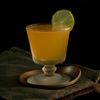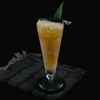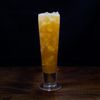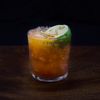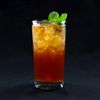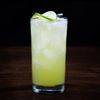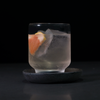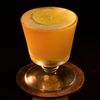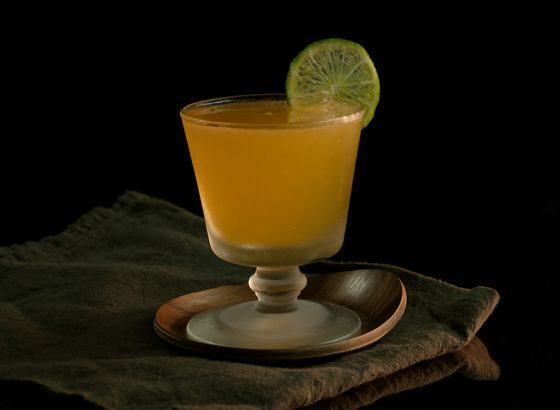
No. 205: Royal Bermuda Yacht Club
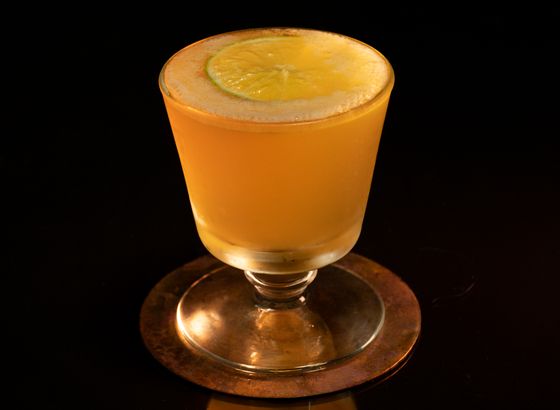
No. 216: Tour Le Carbet
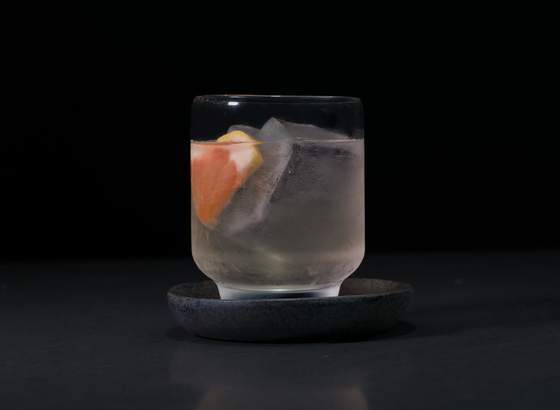
No. 166: Soul Clench
falernum
This funky and sweet Barbadian syrup is a staple in classic tiki drinks
Falernum is a Barbadian liqueur made with rum, various spices, and almonds. The latter ingredient is the defining one: it helps the mixture stand out from similar bottled punches like allspice dram and swedish punsch, making it more akin to an island orgeat. Like its cousin allspice dram, falernum likely began as a homemade ingredient passed down through family recipes. Because of this, the history of falernum is foggy. The most detailed research available online was put together by Darcy O’Neil on the blog Art of Drink. It finds the earliest mention of falernum in a 1896 article for the Philadelphia Inquirer, but interviews conducted with those involved with rum production in Barbados by the New York Times—one in 1954 and another in 1982—imply the beverage could be at least as old as 1750. Falernum was almost certainly a homemade recipe for many years before John D. Taylor began professionally manufacturing and distributing the famous velvet falernum in the 1800s. As with most mixers that got their start as homemade remedies, defining when falernum “began” might be very difficult or even impossible.
Like its cousin allspice dram, falernum rose to popularity in the modern era as a mixer through the tiki movement. Tiki grandfather Donn Beachcomber began employing falernum frequently while developing some of the earliest and most important entries in the canon. Mega-classics like the zombie, test pilot, and three dots & a dash all make use of falernum to fill out the foggier, spicier flavors in tiki.
Today, the most common falernum found on bar shelves is velvet falernum, which is quite different from the original homemade varieties. Velvet falernum is very sweet and crystal clear like a syrup. While the purposes of this clear version are there—particularly for beverages where presentation matters—we find that whatever modifications are put in order to give velvet falernum its appearance might be at the sacrifice of flavor and tradition. When made at home, Falernum takes on a brown and murky appearance from the almond and citrus fibers, which also add flavor. In fact, we highly recommend making it at home at least once to truly experience the liqueur. Even without making it at home, we find the amber-colored versions produced by upstarts like Bitter Truth and BG Reynolds to be superior.


No. 216: Tour Le Carbet

No. 205: Royal Bermuda Yacht Club

